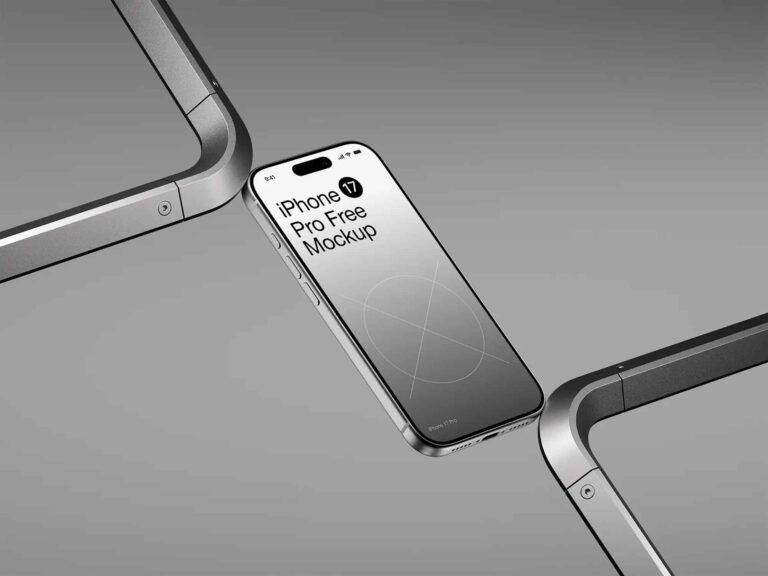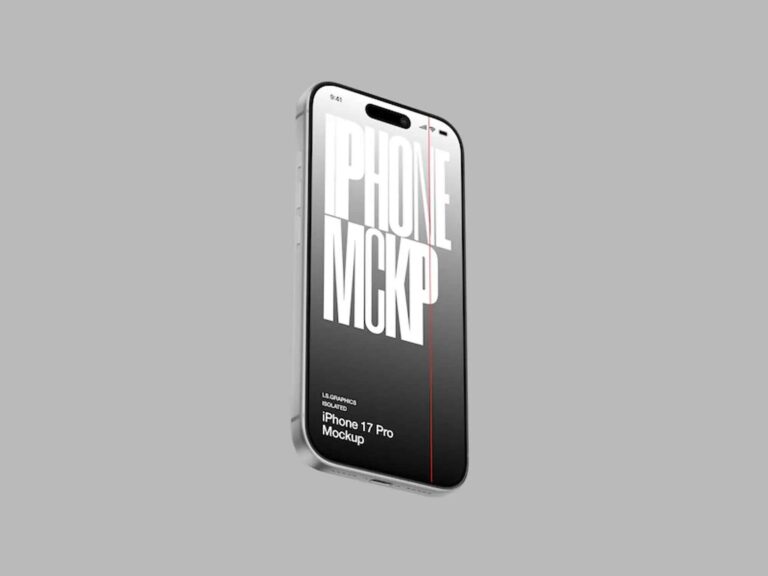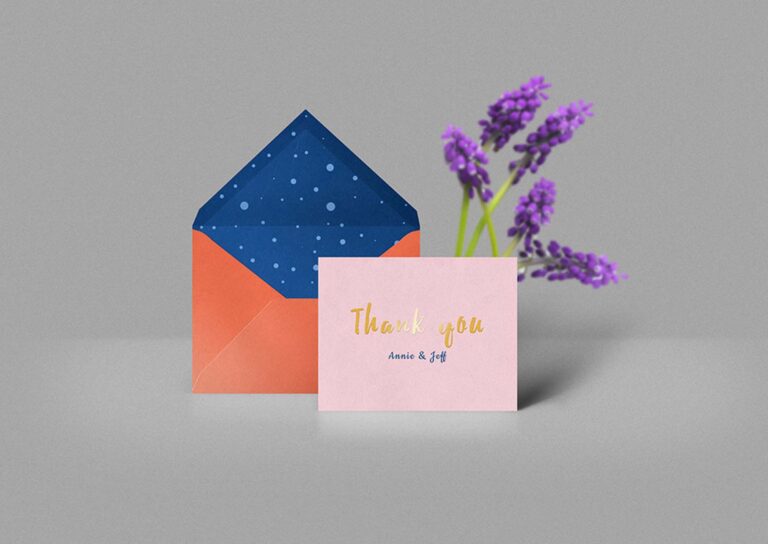One of my close friend is a professional boudoir photographer, and He’s had the pleasure of capturing intimate and empowering moments for women for many years. Boudoir photography can be a beautiful and rewarding experience for both the photographer and the subject, but it requires a unique set of skills to create truly stunning images. Here, I will share the tips, tricks, and techniques that I’ve learned from my friend who is a pro in boudoir photography.
Table of Contents
Building a Connection with Your Subject:
One of the most important aspects of boudoir photography is building a connection with your subject. This can be achieved through trust, empathy, and effective communication. He always start each shoot by talking to his clients, getting to know them, and discussing their expectations for the shoot. He listens carefully to what they want to achieve and what makes them feel comfortable. This helps him to create a relaxed and safe environment for the shoot and makes the whole process much more enjoyable for everyone involved.
Lighting Techniques for Boudoir Photography:
Lighting is the key to creating stunning boudoir images. He always pay close attention to the light and use a combination of natural and artificial light sources to create the perfect mood and atmosphere. He uses soft, diffused light to create a flattering and romantic look, and He uses harsher, directional light to create a more dramatic and moody look. He also play with light and shadow to create depth and interest in my images.
Use Photoshop Online Free Without Download! [2024]
Is Learning Adobe Photoshop in 2024 Relevant and Beneficial?
Posing and Composition:
Posing and composition are critical to creating beautiful boudoir images. He helps his clients to find comfortable and flattering poses that showcase their best features, and He uses the rule of thirds and other compositional techniques to create a balanced and aesthetically pleasing image. He also pay attention to the lines and curves in my images and use them to create visual interest and movement.
Editing and Retouching:
Editing and retouching are an essential part of the boudoir photography process. He uses editing software to enhance the colors, brightness, and contrast of my images, and He uses retouching techniques to remove any blemishes, smooth out skin, and create a polished final product. He always keep his retouching subtle and natural-looking, so the focus remains on the beauty and confidence of my subjects.
Conclusion:

Boudoir photography is a wonderful and empowering art form that allows him to help women feel beautiful and confident. By building a connection with his subjects, using effective lighting techniques, posing and composing his images, and editing and retouching his work, He’s able to create stunning boudoir images that celebrate the beauty and individuality of each of his clients. I hope this guide has inspired you to take your boudoir photography to the next level and become a pro in this beautiful and rewarding art form.



